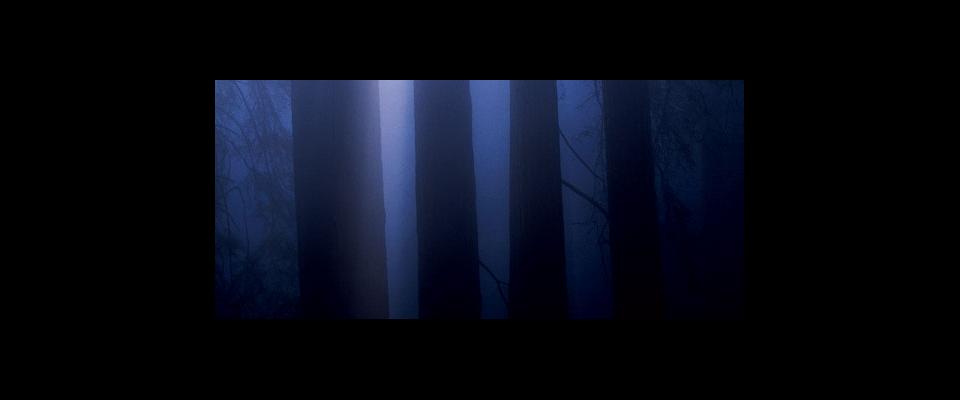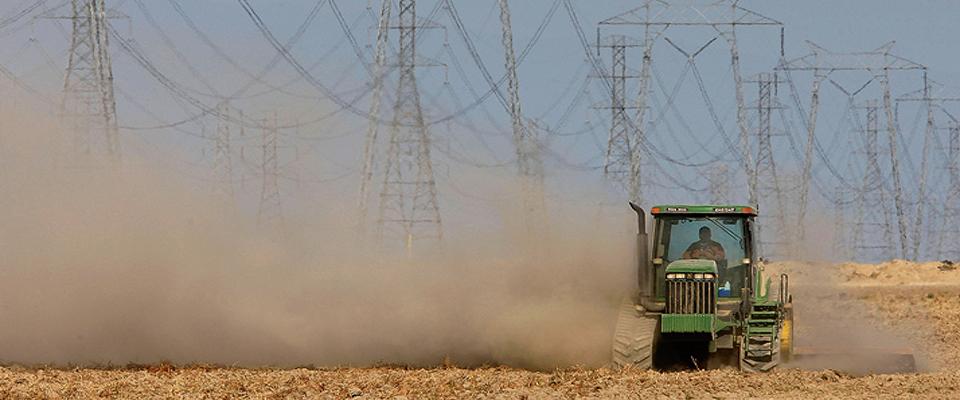A sharp drop in marine fog may threaten California’s state tree.
Just as Southern California is famous for sunny beaches, the north coast is epitomized by fog-enshrouded redwood forests. Now, new research suggests that this fog has declined drastically, threatening these iconic trees.
“Fog and redwoods are linked,” says James Johnstone, M.A. ’02, Ph.D. ’08, lead author of research done as a postdoctoral scholar in the Department of Environmental Science, Policy, and Management (EPSM). When the air is dry, redwoods lose a tremendous amount of water through their leaves. But fog keeps these trees moist during the summer. “There’s no summer rain, so that’s how the trees survive,” syas Johnstone, who did this work with Todd Dawson, a professor of ESPM and Integrative Biology.
Northern California’s fog forms when cool, humid marine air is trapped by a layer of warm, dry air called the North Pacific High, which hovers some 1,500 feet above the ocean. When fog hugs the coast instead of creeping inland, temperatures can soar in the state’s interior.
Johnstone and Dawson took fog data collected beginning in the 1950s from two coastal airports – Monterey and Arcata – and compared them with temperatures from 114 weather stations in coastal and inland parts of the state. They found that when it was foggy along the coast in the second half of the 20th century, it was also much hotter inland. The association was so strong that although fog data weren’t available before the 1950s, the researchers could use temperature records to extrapolate fog levels back to 1901.
The difference in coastal and inland temperatures used to be more extreme, averaging 17°F between Berkeley and Ukiah in the early 1900s. Today, that temperature contrasts is only 11°F, a reduction that the researchers say amounts to one-third less fog, or a decrease of about three hours per day.
Such a sharp drop could be disastrous for redwoods. “It could increase their sensitivity to summer drought,” says Johnstone, who received his Ph.D. From Berkeley’s Department of Geography. Redwoods are the tallest living trees, reaching heights of up to 379 feet, and can live 2,000 years. Redwood forests grow only in a 30-mile-wide strip of coast that stretches from Big Sur to Oregon.
Is the drop in fog caused by climate change? “There’s no clear connection,” says Johnstone. Answering that question will require more knowledge about the North Pacific High that traps fog along the coast, a phenomenon so variable naturally that it’s hard to tease out any potential impact of climate change. “What drives it is still a bit of a mystery,” says Johnstone.






















